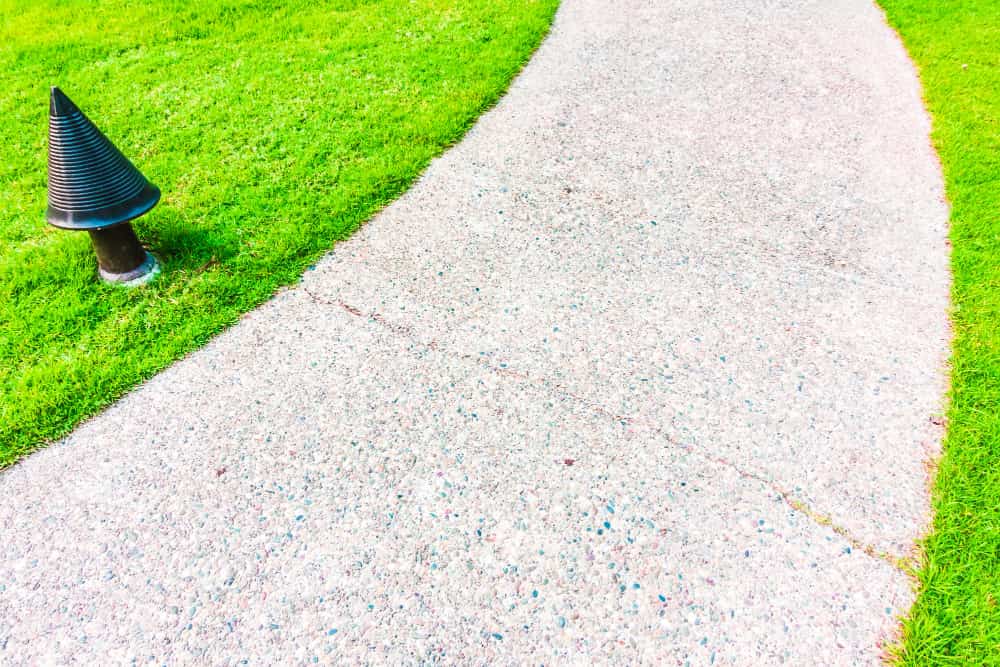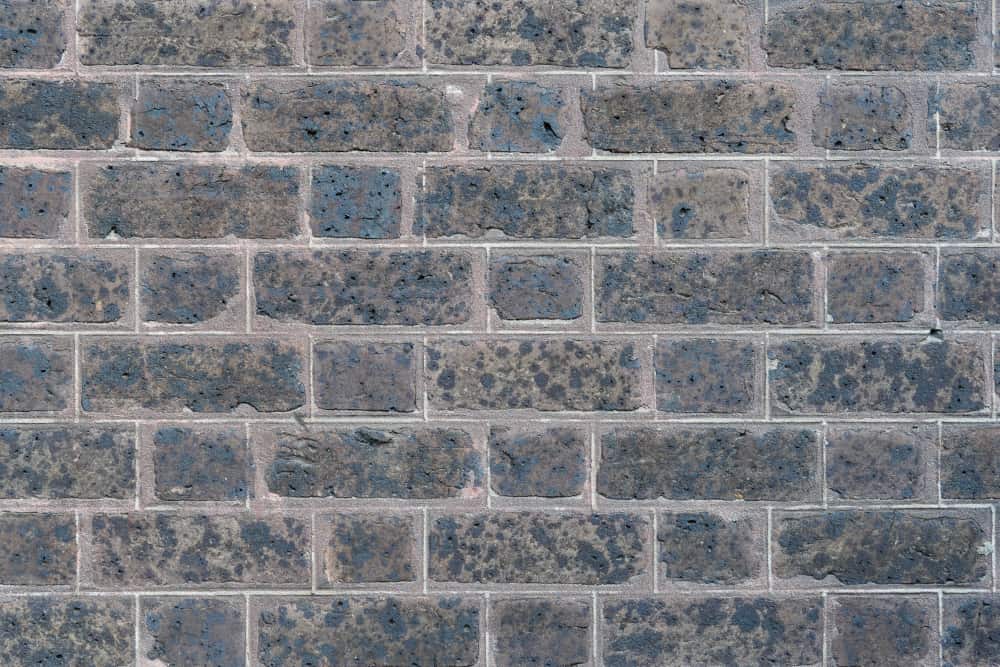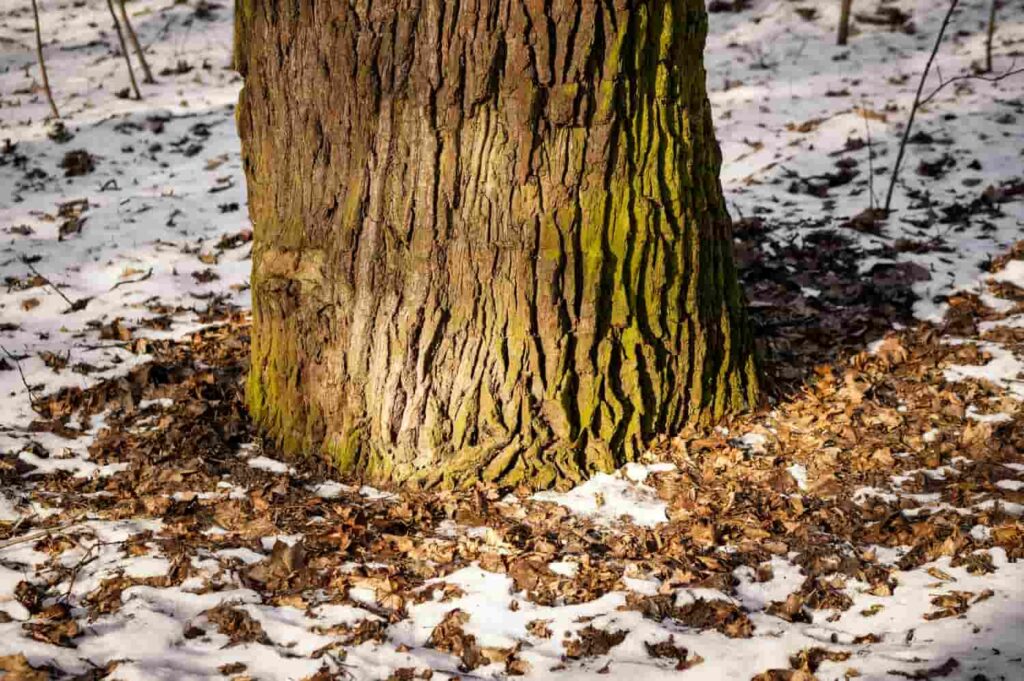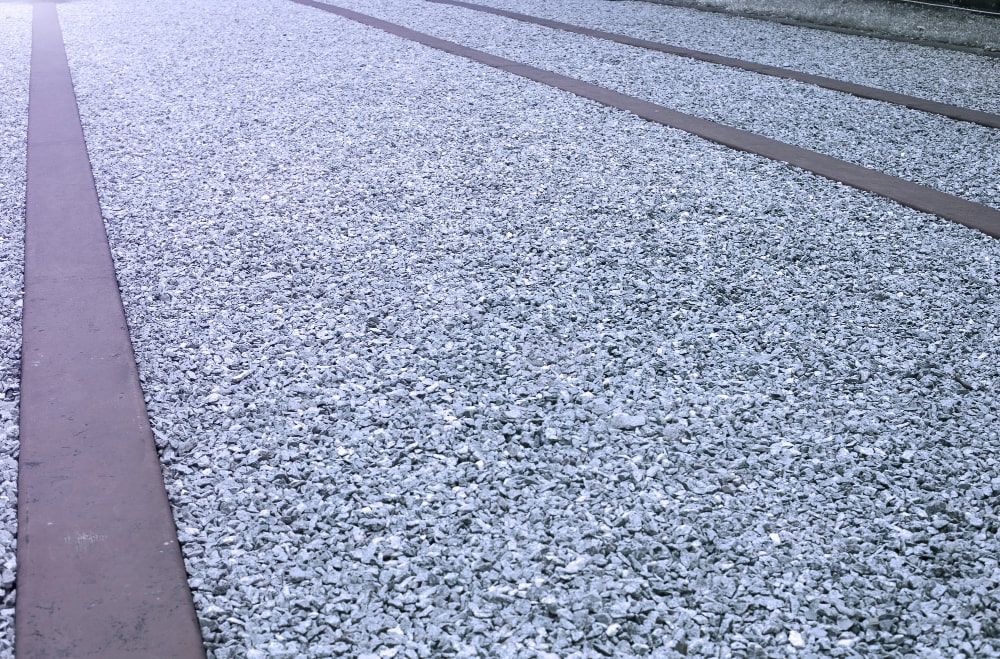At Bill’s Custom Concrete, we understand how important it is to maintain a beautiful, durable driveway. Your driveway is one of the first things people notice when they visit your home, and it’s also one of the most used areas of your property. Whether you’re dealing with an old, worn-out driveway or you simply want to improve its appearance, choosing the right driveway topping is key to getting the results you want.
As a leading concrete contractor in OKC, we’re skilled in providing high-quality concrete solutions that will not only enhance the look of your driveway but also ensure it stands the test of time. From concrete overlays to stamped concrete designs, we offer a variety of options to match your style and budget.
In this guide, we’ll walk you through the process of choosing the best driveway topping for your home. We’ll explain the different options available and help you understand how to make the right choice based on your needs, budget, and preferences. Let’s get started!
What is Driveway Topping?
Driveway topping is a process where a new layer of material is applied over your existing driveway. It helps cover up cracks, stains, and other damage while giving your driveway a fresh, clean look. It’s also an affordable option compared to completely replacing your driveway.
There are several types of materials used for driveway topping, each offering different benefits. Depending on your needs, one option may be better for you than another. Let’s take a closer look at the most common driveway topping choices.
1. Concrete Driveway Topping
Concrete toppings are one of the most popular options for homeowners looking to refresh their driveways. This topping involves applying a thin layer of new concrete over your existing surface. Concrete can be easily customized with textures, patterns, and even colors to give your driveway a unique look.
Why Choose Concrete Topping?
- Durability: Concrete is strong and can withstand heavy traffic, making it a great option for driveways.
- Aesthetic Flexibility: Concrete can be stamped or textured to resemble brick, stone, or even wood. It can also be colored to match the style of your home.
- Low Maintenance: Concrete requires minimal maintenance. Regular cleaning and resealing every few years are usually all that’s needed to keep it in great condition.
- Cost-Effective: Concrete toppings are often less expensive than completely replacing a driveway.
If you like the idea of a driveway that looks stylish and is easy to maintain, concrete topping could be the right choice for you.
2. Asphalt Driveway Topping
Asphalt is another common material used for driveway topping. It involves applying a new layer of asphalt over an old asphalt driveway to restore its look and function. Asphalt driveways are known for being smooth, durable, and quick to install.
Why Choose Asphalt Topping?
- Quick Installation: Asphalt driveways can be installed relatively quickly, which means you can start using your driveway sooner.
- Affordable: Asphalt is often less expensive than concrete, making it a good option if you’re on a budget.
- Smooth Surface: Asphalt provides a smooth, even surface that is easy to drive on.
- Flexible: Asphalt can expand and contract with temperature changes, making it less likely to crack compared to concrete.
If you’re looking for a driveway topping that is quick, affordable, and functional, asphalt might be the best option for you.
3. Gravel Driveway Topping
Gravel is one of the oldest and most traditional options for driveway topping. It involves adding a layer of loose gravel on top of the existing driveway. Gravel is available in a variety of colors and sizes, giving homeowners the opportunity to choose a look that matches their property.
Why Choose Gravel Topping?
- Affordable: Gravel is one of the least expensive materials available for driveway topping.
- Easy to Install: Gravel can be installed quickly and doesn’t require a lot of preparation.
- Natural Look: If you want a more rustic or natural look, gravel is a great option.
- Drainage: Gravel allows water to drain easily, which can help prevent puddles and reduce the risk of cracks.
While gravel is inexpensive and functional, it does have some downsides. Gravel driveways may need to be replenished over time, as the material can shift or wash away. Additionally, the surface can become uneven, which may require some maintenance.
4. Paver Driveway Topping
Paver driveways are made from individual paving stones or bricks, which are arranged in a pattern to create a solid surface. Pavers come in many colors and designs, giving you the freedom to create a custom look for your driveway.
Why Choose Paver Topping?
- Customizable Appearance: Pavers offer endless design possibilities. You can choose from a wide variety of colors, patterns, and shapes to create a driveway that complements your home.
- Durable and Strong: Pavers are strong and can withstand heavy vehicles without cracking.
- Easy to Repair: If a paver becomes damaged, you can simply replace it without needing to replace the entire driveway.
- Good Drainage: Paver driveways allow water to flow between the stones, helping to prevent puddles and reduce the risk of flooding.
Pavers are a great choice for homeowners who want a highly customizable and long-lasting driveway that’s also easy to maintain.
5. Epoxy Coating Driveway Topping
Epoxy coating involves applying a layer of epoxy resin over the surface of your driveway. This creates a smooth, shiny finish that’s resistant to stains, chemicals, and other damage.
Why Choose Epoxy Topping?
- Durable and Resistant: Epoxy is highly resistant to stains, oil spills, and other substances that can damage your driveway.
- Shiny, Clean Finish: Epoxy gives your driveway a glossy, attractive finish that looks fresh and modern.
- Low Maintenance: Epoxy driveways are easy to clean and maintain. Simply wash away dirt and debris to keep the surface looking great.
While epoxy coatings can be a great choice for homeowners looking for a sleek, modern look, they can be more expensive than other topping options. They also require proper application to ensure a smooth, long-lasting finish.
How to Choose the Best Driveway Topping for Your Home

Now that you know more about the different types of driveway toppings, how do you choose the best one for your home? Here are a few factors to consider when making your decision:
1. Budget
Your budget is one of the most important factors in choosing a driveway topping. Some materials, like concrete and asphalt, are relatively affordable, while others, like pavers or epoxy coatings, can be more expensive. Make sure to choose an option that fits within your budget while still meeting your needs.
2. Climate
The climate in your area can also impact your choice of driveway topping. For example, if you live in an area with extreme temperatures, concrete and asphalt may crack over time, especially if not maintained properly. On the other hand, gravel allows for better drainage and may perform better in wet or freezing conditions.
3. Aesthetic Preferences
Consider the overall look of your home and the style you want for your driveway. If you’re looking for something classic and timeless, concrete or asphalt might be the best choice. For a more natural or rustic appearance, gravel could be the way to go. If you want something highly customizable with various design options, pavers might be the right fit.
4. Maintenance
Different driveway toppings require different levels of maintenance. Concrete and asphalt driveways may need occasional resealing, while gravel may need to be replenished every few years. Epoxy coatings and pavers can require minimal maintenance, but may need occasional repairs. Make sure to choose an option that you’re comfortable maintaining over time.
5. Durability
Think about how much traffic your driveway gets and how long you want the topping to last. Some materials, like concrete and asphalt, are known for their durability and can last for many years. Pavers, if installed correctly, can also be very durable. Gravel, while affordable, may need more upkeep to maintain its appearance and function.
Summary
Choosing the right driveway topping for your home is an important decision that can impact both the appearance and functionality of your driveway. Whether you prefer the look of concrete, asphalt, gravel, pavers, or epoxy, there’s an option that will meet your needs and fit your budget. At Bill’s Custom Concrete, we’re happy to help guide you through the process and ensure that you choose the best solution for your home.
If you’re ready to get started on your driveway-topping project in Oklahoma City, give us a call at 405-755-3975 today! We’ll help you choose the perfect option and ensure a smooth installation.








